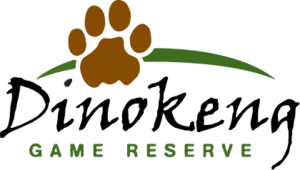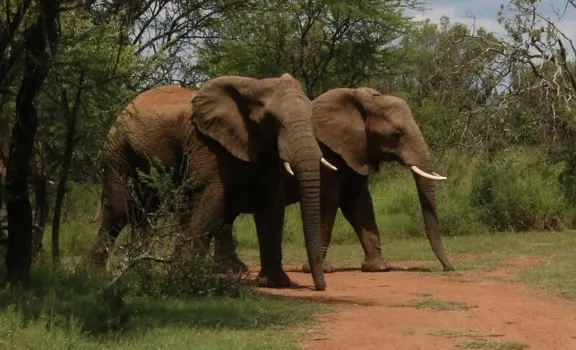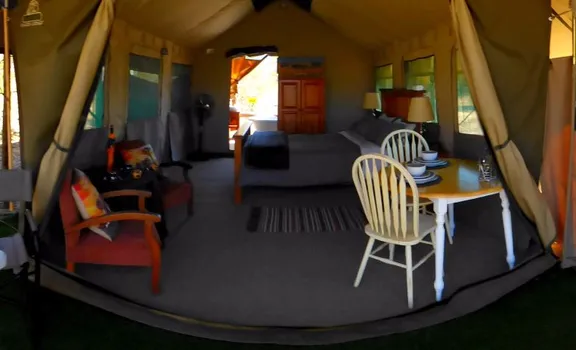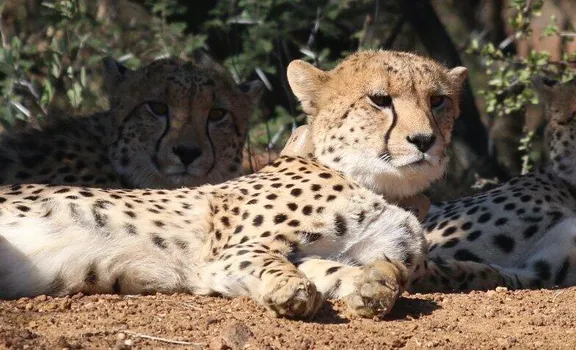Visiting Dinokeng Game Reserve: Wildlife, Conservation, and Community

Not far from the roar of Gauteng's cities lies a land where something truly different is taking shape. A reserve, yes—but not just another Big Five safari destination. Dinokeng Game Reserve (DGR) is a bold experiment, a patchwork of private farms, lodges, bush camps, communities, and conservation lands woven together into a vision unlike any other: where humans and wildlife share the same living space, not separated by high fences and strict zones, but united by respect, learning, and coexistence.
While humans do maintain fenced areas—usually about 10% of a landowner's property—for personal use or small tourism businesses, the intention is not to exclude wildlife, but to protect it. Think of it as a mutual agreement: we stay out of your space, and you stay out of ours. These pockets of human activity create a practical buffer, allowing for fair coexistence where neither species dominates the landscape, but both adapt to live side by side.
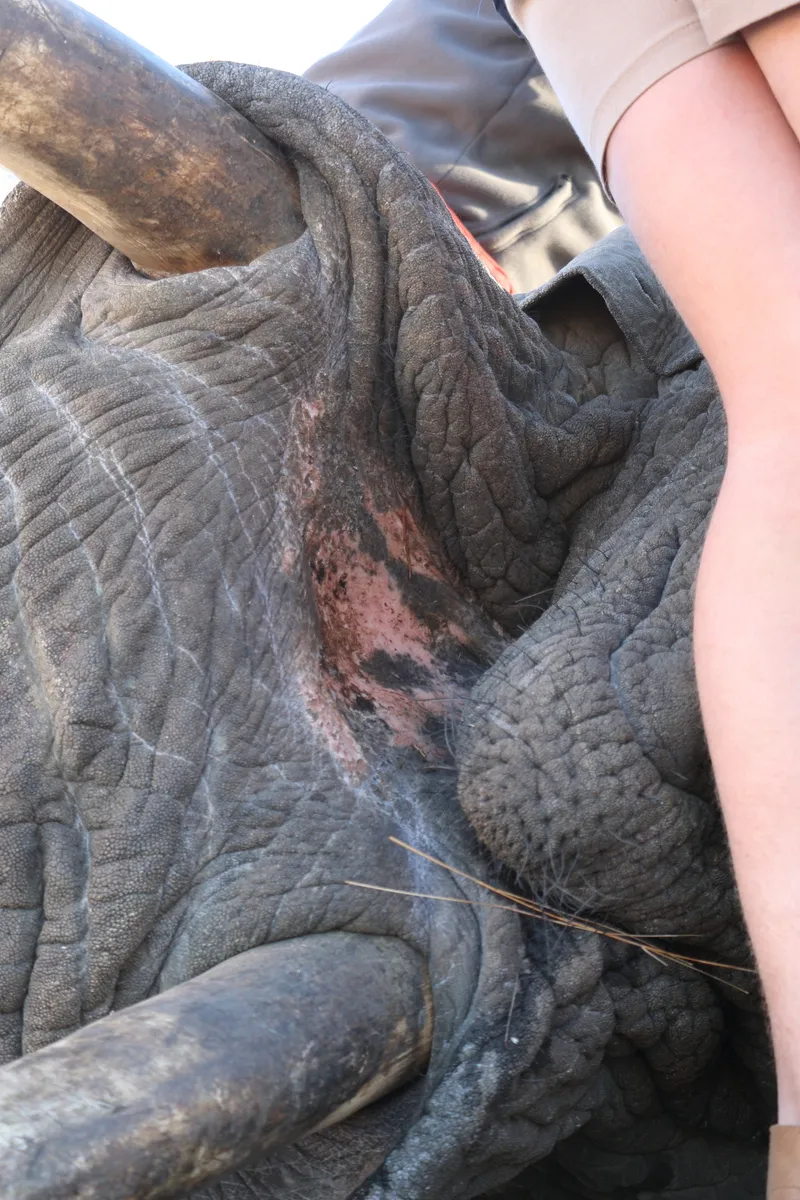
The Vision: Rewilding with a Human Heart
Dinokeng means "a place of rivers" in Tswana, but it has come to stand for something even deeper: restoration. Reclaiming land that was once agricultural, scarred by fences, tractors, and monoculture, and giving it back to nature. Not by removing people—but by inviting them to become part of the wild again. Here, landowners didn’t sell out to conservation. They became conservation.
This model of public-private partnership was groundbreaking when it launched. More than 200 landowners agreed to drop fences and restore ecological corridors so animals could move freely, like they once did across the Highveld plains. And with that came a new reality: people would now need to adapt their lifestyles to the rhythms of nature. Keep gates closed. Watch where they walk. Think twice before leaving fruit on the veranda—or unattended padkos.
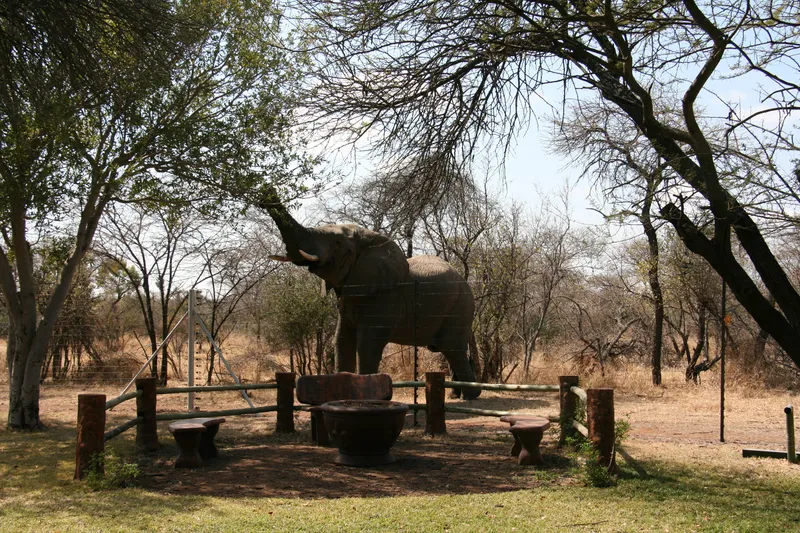
Dinokeng’s New Conservation Story
Visitors arriving at the Dinokeng Game Reserve often expect the sweeping wilderness of the Kruger National Park or other famous African reserves. Instead, they may be surprised to find smaller sections of bush, fences, roads, and signs of human activity. At first glance, this can feel unexpected — but it’s actually what makes Dinokeng unique.
This reserve is a living experiment in modern wildlife conservation, transforming old farmland into a place where people and animals live side by side. Instead of being closed off, Dinokeng invites guests to step into the bush and experience conservation up close. From private camping and caravanning sites to tented accommodation and self-catering cabins, visitors can enjoy the thrill of the wild while still being connected to the human story behind the land.
Dinokeng isn’t just about vast open spaces — it’s about finding harmony. Here, every road and every fence is part of a bigger picture: proving that the future of conservation lies in balance between people, wildlife, and tourism.
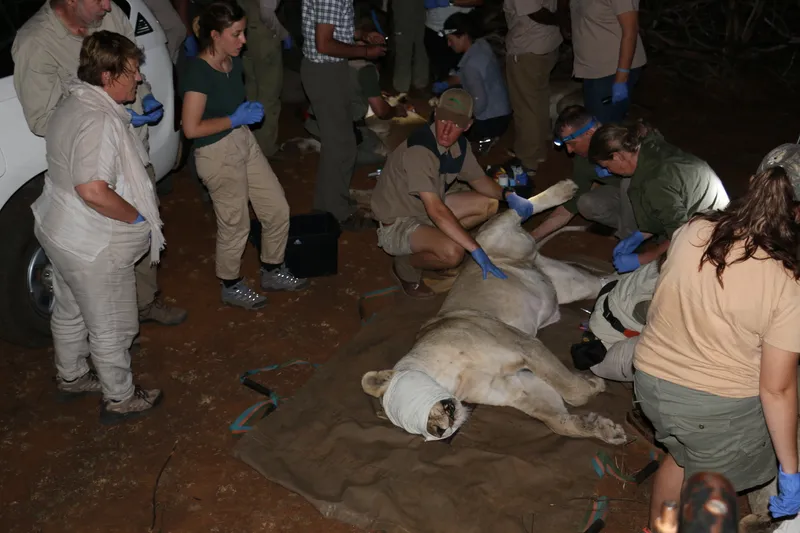
Coexistence: Learning the New Rules
In most parks, people are kept apart from wildlife by kilometres of electric fencing. But in Dinokeng, the relationship is flipped: while small fenced areas exist to protect both wildlife and human activity, the majority of the reserve is open. Expect regular fence inspections from the warthogs, curious glances through your windows from a passing kudu, and a squirrel or two popping by just to check you're enjoying your morning coffee as agreed in the unofficial interspecies neighbourly pact.
This isn’t a polished, glassed-in safari experience—it’s immersive, unpredictable, and alive. You’re not just observing the wild; you’re in it. Learning from it. Sharing space with it. Sometimes that includes emergency baboon-proofing your dustbin or waking up to find your slippers relocated by a band of very cheeky mongooses.
But it also comes with responsibility. Dinokeng is slowly teaching humans what wildlife has always known: boundaries matter. Respect matters. A buffalo doesn’t care if you’re late for work. A leopard isn’t impressed by your Instagram followers. And your neighbor may now have tusks, horns, or a fondness for digging up your vegetable patch.
It’s an unlearning of sorts. A rewilding of the human mindset. For centuries, people saw wild animals as something to conquer or cage. Dinokeng flips that script. Here, we are the ones adapting. And in doing so, something remarkable happens: people start to remember their place within the ecosystem, not above it.
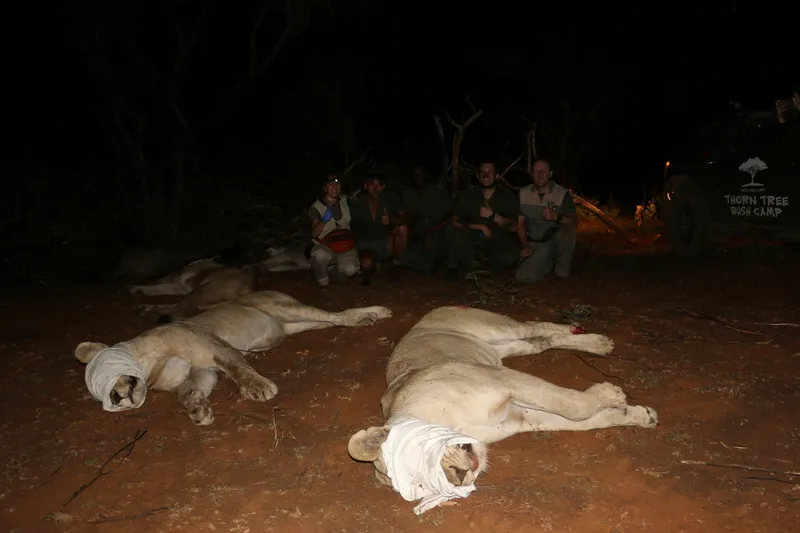
A Different Kind of Safari
Visitors to Dinokeng can self-drive through over 140km of winding routes (yes, even in a sedan—unless you’re trying to impress a wildebeest with your 4x4 skills). But unlike other reserves where access is tightly controlled and expensive, Dinokeng invites exploration. You might pass a school bus and a pride of lions in the same hour. See a farmhouse solar panel glinting behind a fever tree. Or wave at a local family braaing within earshot of a herd of zebra.
It’s a place where the human footprint is still visible—but it’s being slowly reshaped by conservation. Where tourism supports local businesses, camping and caravanning are embraced, and rustic bush lodges and self-catering tented accommodation coexist with the roar of lions and the call of hornbills.
It’s also a place where tourism helps pay for fences to come down, rather than go up. Where community members can start a bush kitchen or guide guests, and the wealth of the wilderness is shared, not hoarded.

A Personal Perspective: Life at Thorn Tree Bush Camp
"We came for the lions, but stayed for the squirrels," laughed one recent guest, sipping coffee while a family of warthogs staged an impromptu mud-wrestling match near the camp fence. Another guest once returned from an afternoon drive to find a posse of bushbabies had discovered their stash of rusks and were hosting what can only be described as a midnight snack attack on the table outside their tent. "One even dipped a piece in my leftover rooibos," they said, laughing. "We just stood there and enjoyed the show."
At the heart of this living experiment is a growing community of people who don’t just talk about conservation—they live it. One such place is Thorn Tree Bush Camp, nestled within Dinokeng's wild embrace. Here, Rodney and Elzabé have carved out a little slice of eco-paradise, a place where self-catering tented accommodation, shady private campsites, and campfire stories blend effortlessly into the greater rhythm of the reserve.
Their camp staff, some of whom grew up in the area, now help guests navigate life in the bush with a smile, a hot shower (thanks to the rocket boilers), and perhaps a casual warning: “Don’t leave your shoes out—we’ve got a mongoose with a taste for leather.”
At Thorn Tree, it's not unusual to find a nyala grazing outside the breakfast boma, or a pearl-spotted owlet watching your every move while you braai. Rodney might be checking a camera trap after dark, while Elzabé adds the final touches to her latest wildlife oil painting—often inspired by the very creatures that casually stroll past their cottage.
This is not just their livelihood; it’s their passion. And it shows.
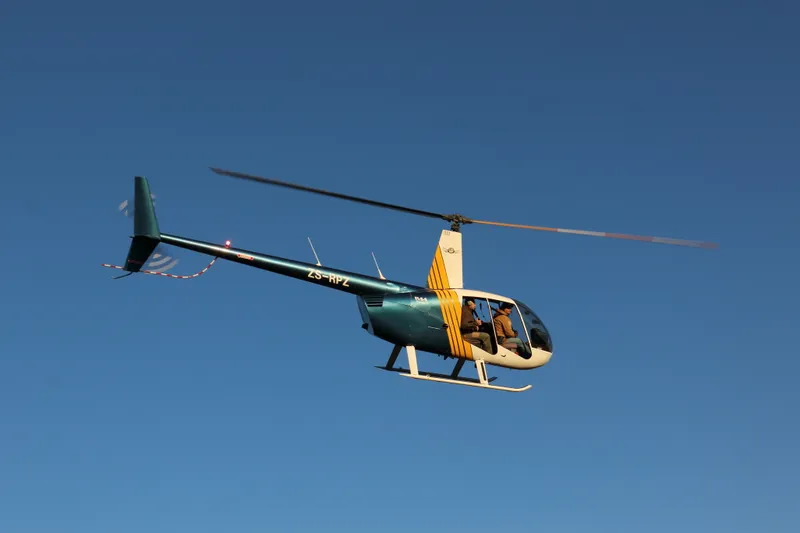
Why It Matters
In a world grappling with biodiversity loss, habitat fragmentation, and climate change, Dinokeng offers a hopeful model. It shows that conservation doesn’t always mean exclusion. That maybe the future lies not in locking nature away, but in inviting it back in—into our landscapes, our communities, even our daily routines.
Yes, it’s messy. Yes, it’s complex. But it’s also real. Alive. And full of lessons. Just ask the tortoise that tried to “redecorate” our garden hose last week.
Dinokeng is more than a reserve. It’s a vision in motion. A living laboratory. A gentle but firm reminder that humans are not separate from nature—we are simply overdue for a reunion.
